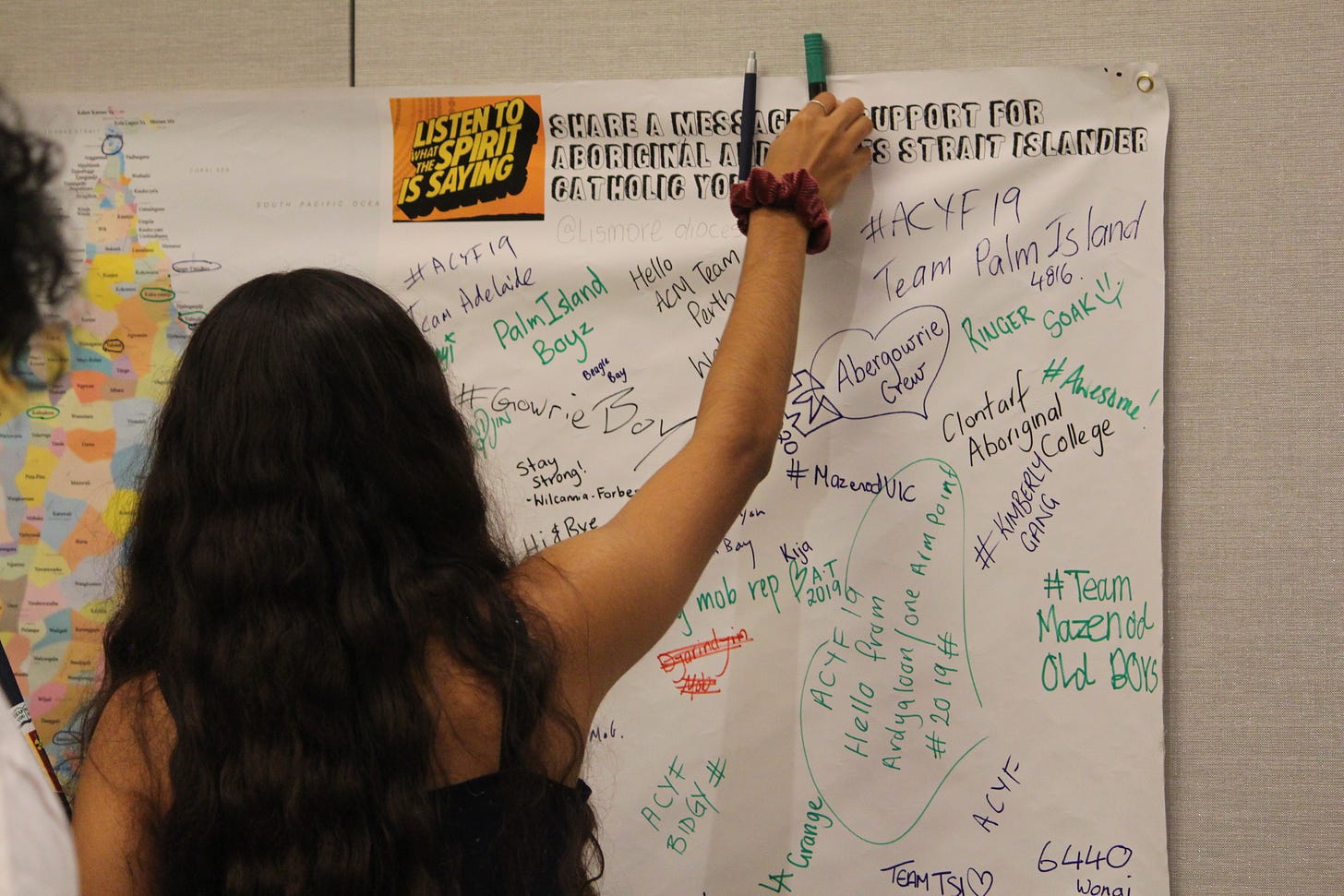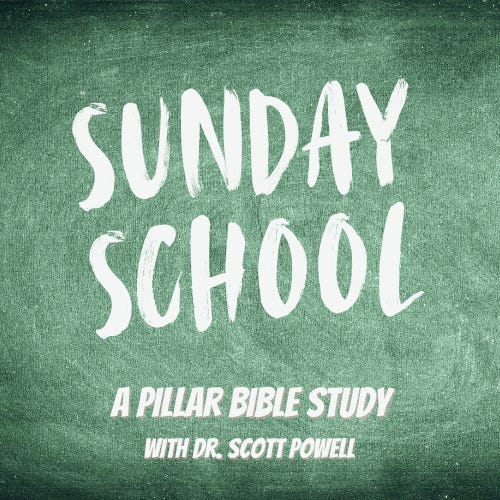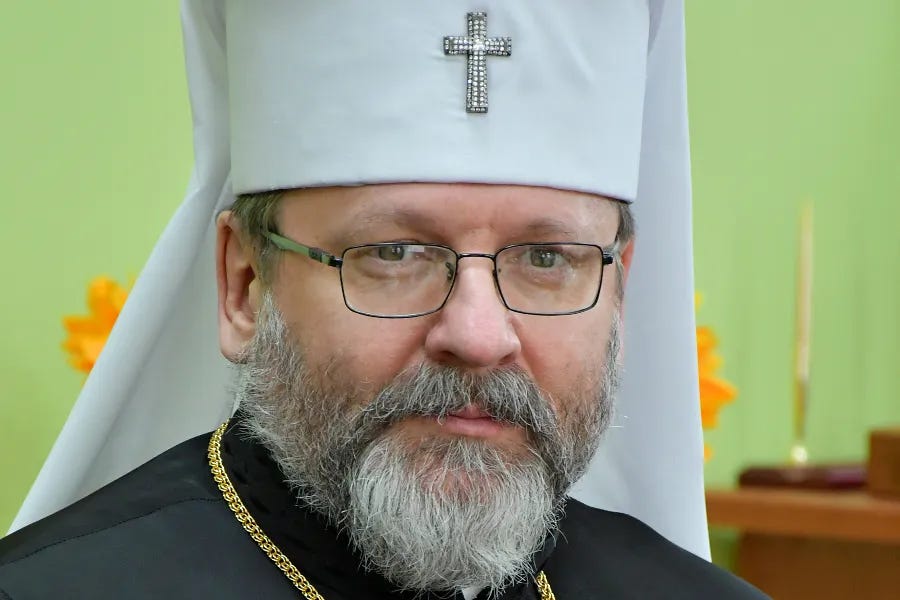The Catholic Church in Australia is having a ‘plenary council’ What’s that?
The Catholic bishops in Australia released this week a working document, or instrumentum laboris, for the country’s upcoming plenary council. A plenary council is a rare occasion in the Church, and worth understanding.

So here’s what’s going on Down Under:
So what is a plenary council?
A plenary council is a regional meeting — one for all the territory of a bishops’ conference — that, according to the Church’s canon law, meets to discuss “the increase of the faith, the organization of common pastoral action, and the regulation of morals and of the common ecclesiastical discipline which is to be observed, promoted, and protected.”
A plenary council is not the same as a synod, which has the same general purpose.
A synod is a kind of broad consultative meeting, while a council has the power to make binding laws for the entire territory in attendance. A bishops’ conference also has that power, but only in very limited ways allowed by the Vatican.
When bishops meet together in a plenary council, their votes can set binding canonical norms for the whole region on anything that doesn’t contradict the universal law of the Church, or the divine and natural law given to us by God.
What does “plenary” mean?
Plenary means “full” or “complete.” The term is used for a national council like this because it includes all the territory within an episcopal conference, and all the bishops connected to that territory.
How does it work?
A plenary council can be convoked by a conference of bishops, with the permission of the Vatican — permission that usually comes through the Congregation for Bishops.
First, some bishops in the conference propose to have one— usually to address changing social circumstances or circumstances in the Church. If the idea gets enough votes in the bishops’ conference, the proposal is sent to Rome for approval.
If Rome approves, a committee is formed to appoint a president (A bishop, who must be approved by the Vatican), to set a schedule, and to set an agenda, and the questions to be discussed.
Then invitations are sent out, meetings are conducted, usually involving committees and working groups, and full sessions of the entire council, and eventually proposals are voted upon.
The norms, policies, and other decrees of the council must be reviewed by the Vatican before they can take effect.
Who participates?
Because a council can set binding canonical norms for the territory, all diocesan bishops, auxiliary bishops, and coadjutor bishops must be invited to it, and have the right of a deliberative vote on all proposals. Retired bishops can be called with a deliberative vote as well, but don’t have to be.
Other people must be invited as well: Certain diocesan officials, superiors of religious institutes, certain university administrators, and some seminary rectors. Priests, religious, and laity can also be invited as delegates of the council. The delegates in this group have a consultative vote: Before a binding vote is taken, they can be asked to vote on a measure to give a sense of their view on it — but that vote is not enough, by itself, to approve or turn down a proposal.
The Australian bishops have made great effort to frame their council as a “journey together,” in which lay people play a primary role in “dialogue and common discernment.” The bishops have conducted listening and consultation sessions, and made feedback requests at local levels, in advance of the plenary assemblies.
From a formal perspective, however, the council consists of the meetings of the bishops themselves, who posses governing authority of the Church.
Have we had a plenary council in the U.S. before?
Yup.
The plenary councils of Baltimore took place in 1852, 1866, and 1884.
The councils set some common rules about liturgy and sacraments; encouraged bishops to consult with priests about governance in their dioceses; declared that U.S. seminaries should be set up; sought to end the practice of “lay trusteeism,” by which lay people owned the property of parishes in trust for the parish’s use; and the councils set rules for clergy, including the requirement that priests from other countries needed letters of suitability from home dioceses.
The Baltimore councils also called for a catechism to be written — the “Baltimore Catechism” was published in 1885.
The third Baltimore council also set rules about clerical dress — norms which required priests to wear cassocks at home and in Church, and allowed black business suits to be worn with a clerical collar when clerics “go out for duty or relaxation or on a journey.” Those norms were replaced by the provisions of the 1983 Code of Canon Law.
In 2002, eight U.S. bishops proposed holding a plenary council in the U.S. to respond to the clerical abuse crisis that made global headlines that year. The idea did not gain much support.
After the Theodore McCarrick scandal of 2018, there was again discussion in some Church circles about the possibility of the U.S. bishops conducting a plenary council to set rules for clergy discipline and investigation. The 2019 promulgation of Vos estis lux mundi mostly ended that discussion, although some canon lawyers continue to suggest a plenary council would allow for more specific and uniform rules about how to address sexual misconduct among clergy in the U.S.
Can a plenary council change Church teaching?
No. It can discuss general and specific applications of Church teaching to a local situation, and develop some policies based upon them.
What is the Australia council going to address?
There are more than 5 million Catholics in Australia, about 23% of the country’s population.
In 2011, Sunday Mass attendance was estimated at 12% of the country’s Catholics. Both Catholic population and Catholic Mass attendance are on a decline in the country.
In 2018, there were 2,900 priests in the country. While priestly vocations have been on the rise in recent decades, the country has seen a dramatic decline in the number of religious sisters. There were 5,700 religious sisters in Australia in 2007. By 2018, there were 4,161.
The council will aim to address those things.
The council is, in part, a response to a major investigation into clerical sexual abuse in the country, called the Royal Commission. 2014, 2015, and 2017 reports from that commission were highly critical of Catholic practices with regard to abuse and child protection. The bishops pushed back on some parts of the reports, but apologized for the Church’s neglect and abuse in Australia’s history. The council says it will aim to respond to the Royal Commission, while at the same time, to discern how best to address institutional, catechetical, and evangelical issues for the Church in largely secular Australia.
The working document for the council is mostly a summary of the consultation done by the conciliar planning commission. It discusses lay and clerical collaboration, formation, parish life, evangelization, social ministry, and the Church’s engagement of public life.
It does not identify specific proposals for reform or renewal of the Church in Australia. Those will come later.
Instead, it says that “in identifying and considering these various topics the skeleton of an agenda for the first formal assembly of the Plenary Council begins to emerge. Ongoing discernment of these topics, and others which have arisen in the course of the Plenary Council journey so far, will sharpen our awareness of the complexity of the current situation of the Church in Australia. This will enable us to recognise more clearly, and specify in a formal agenda, the particular areas which need to be explored in the first Assembly in October 2021.”
When does it start?
October 2021.
Is The Pillar going to cover the first assembly meeting of the provincial council from Australia?
We think that would be pretty cool.
How is this different from the synod in Germany?
That’s a good and interesting question. Generally speaking, a synod is a non-binding meeting gathered to discuss issues, whereas a council is a gathering with the power to make binding norms.
But there’s an irony to the synods and councils taking place on the global stage right now: While the “synod” taking place in Germany proposes to call for binding changes to Church discipline and doctrine, the council being prepared in Australia has not yet offered specific change proposals to Church practices or discipline. The Vatican is presently investigating the proposals of the German synodal process, which Pope Francis has criticized repeatedly.




